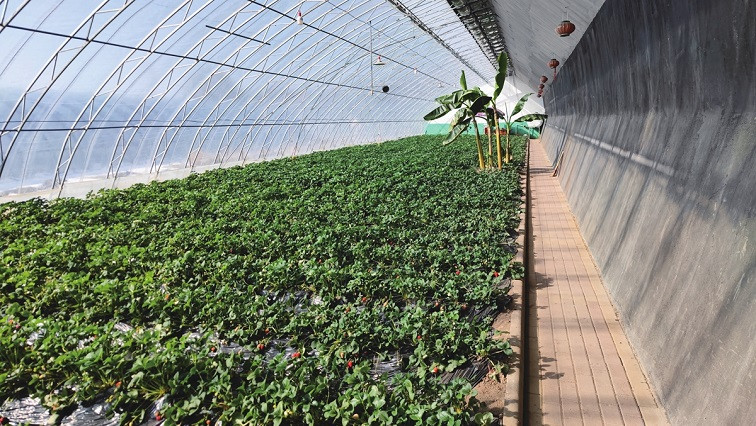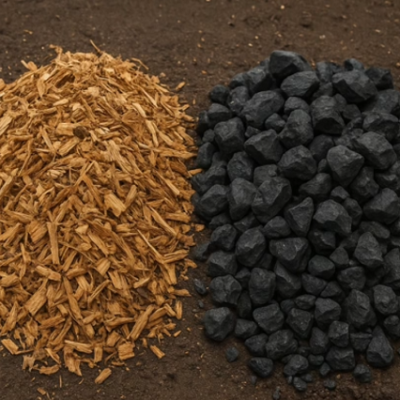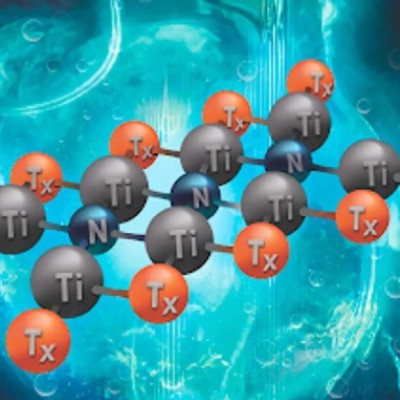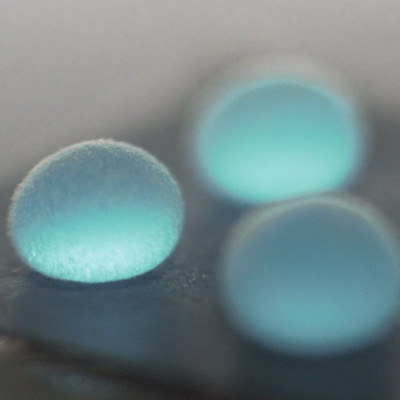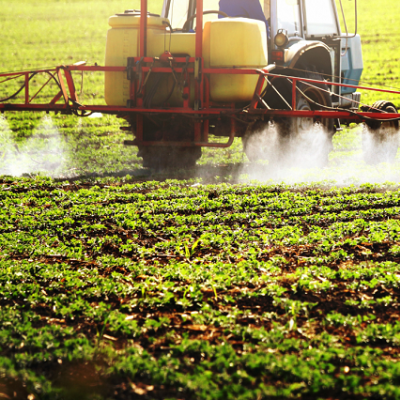Over recent years, relying on its abundant graphite resources, Hegang has made every effort to promote and apply graphene in agricultural facility, and innovatively explored a new path of rural industrial revitalization with the integration of technological agriculture, high-efficiency, low-carbon agriculture.
New card
In early spring, it was still cold in Heilongjiang. However, in Hegang's agricultural base with graphene facility, farmers were busy at farm work wearing T-shirts, with ripening mouth-watering strawberries and persimmons being harvested.
"Most of the farmers including me grow vegetables as the main source of income. In the past, greenhouses were built by farmers themselves to a low standard, so in the winter we had no way to produce vegetables. Now the government has built graphene greenhouses for free, with large space and good insulation, so we can produce fresh fruits and vegetables and sell them at a good price even during the coldest part of winter," Liu Li, a local farmer said.
"Graphene greenhouse can quickly convert light energy into heat energy, and achieve long-lasting insulation and intelligent monitoring. It does the whole planting without fuel energy and can withstand extreme cold weather," according to Huang Wanqing, director of Hegang Rural Revitalization Bureau.
At present, the graphene greenhouse has become a signature for the city. Hegang has already built more than 300 graphene greenhouses across 25 cities and counties in Northeast China's Heilongjiang, Jilin and Liaoning provinces, as well as North China's Inner Mongolia Autonomous Region and Northwest China's Xinjiang Uygur Autonomous Region. Total output value reached more than 150 million yuan ($21.7 million), with these greenhouse assets having a service life of at least 20 years.
Green development
As a resource-based city, "coal city" has always been the traditional calling card for Hegang, but with the transformation of urban development, the old coal city is saying goodbye to heavy industry and providing new opportunities for industrial development. The research and application of graphene is one attempt to convert mining resources into new kinetic energy for rural construction in Hegang.
At present, the city has tapped into proven graphite ore reserves of 1.731 billion tons, known as "the first graphite mine in Asia." In order to further exploit the advantages of graphite resources, Hegang has partnered with China Minmetals Corporation in the development of mineral resources and new materials industry, trying to use graphite mining resources for agricultural facilities.
"A 1,000-square-meter greenhouse can save at least 17,000 yuan a year in winter in heating and labor costs," Huang said.
In addition, the adoption of graphene technology in greenhouses also significantly reduces energy consumption.
The heat source of graphene greenhouse comes from the new-type graphene heating wall, which can reach a maximum wall temperature of 80 degrees. It does not require any energy to provide assistance, nor does it require care and maintenance in the future, which not only greatly reduces operation and maintenance costs, but also complies with the national initiative of green production, contributing to local environmental improvement and sustainable and healthy economic development.
"The application of new graphene materials in the field of agriculture in Hegang has truly achieved the goal of zero energy consumption, zero pollution and zero emissions, and also saved time and costs," Huang noted.
Engine for prosperity
Visiting graphene greenhouses has now become a new pastime for many citizens of Hegang for weekend leisure. "During the Spring Festival holidays, strawberries in my picking park were in short supply. In 2022, without consuming any manual picking costs, the fruit was all picked up by tourists," Liu said.
As graphene greenhouse reduces the space occupied by heating facilities, its actual cultivation area is more than 3-5 times the area of greenhouse built by ordinary farmers, so it can be developed in the tourism and sightseeing spaces. Visitors can relax picking, tasting and trying other agricultural activities, thereby increasing the added value of products and improving economic benefit to the city.
Zhang Liye, deputy director of Hegang Rural Revitalization Bureau believes the promotion and application of new agricultural technologies such as graphene is helping to continuously broaden new channels for farmers to increase their income, drive local employment and entrepreneurship, thus pulling the development of local economy and realizing the benign cycle of agricultural and rural development.
The application of graphene technology in Hegang is a microcosm of China's agricultural sci-tech innovation.
The Chinese Academy of Agricultural Sciences (CAAS) said in January it will continue to promote scientific and technological innovation to support the construction of a strong agricultural sector in China, Xinhua News Agency reported.
According to the CAAS, innovation efforts in 2023 will focus on six fields. These fields include seed research and development, arable land conservation, agricultural machinery and equipment, agricultural bio-security, green agriculture, and rural development.
"Science and technology have become the most important driving forces for agricultural and rural development," said Wu Kongming, president of the CAAS.
Read the original article on Global Times.

